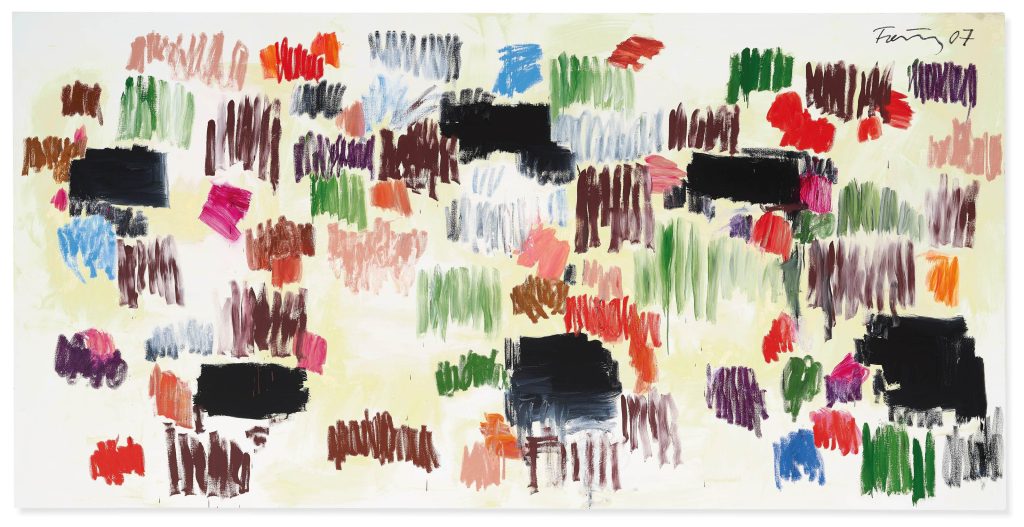Manjeera
Knowledge can be gained at any age. After having a detailed study on topics there are things unknown to us. So, we at Abirpothi present before you the lesser-known facts about artists around the world.
Günther Förg
Really, painting should be sexy. It should be sensual. These are things that will always escape the concept. I think painting is a resilient practice; if you look through the history of painting it doesn’t change so much and we always see it in the present.
-Günther Förg
Günther Förg (1952-2013) was a German artist who worked across a range of mediums, including painting, sculpture, photography, and installation. He studied at the Academy of Fine Arts in Munich in the 1970s and was associated with the Junge Wilde movement. This movement, translating literally to “young wild ones” consisted of a group of young German artists who rejected conceptual and minimalist art in favor of a more expressive, figurative style. Förg’s work is characterized by its exploration of color, form, and materiality, often in dialogue with the architecture and history of the spaces in which it is exhibited. Germany’s political scene directly influenced Förg’s artistic vision and the works he produced were both self-reflective as well as referential to the larger contexts around him.
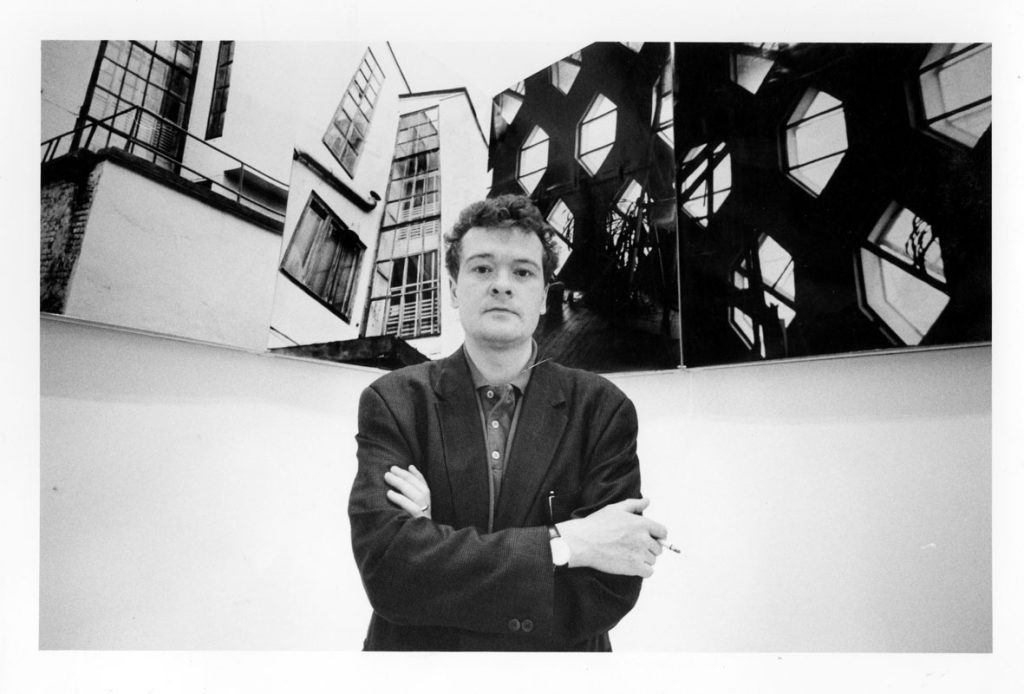
Courtesy: Lia Rumma
11 Things You Didn’t Know About Günther Förg
- Günther Förg was great friends with the German abstract painter Blinky Palermo. His death influenced Förg to continue Palermo’s artistic legacy and pursue minimalism and abstraction.
- Förg was awarded the Wolfgang Hahn Prize in 1996, given to contemporary artists on a yearly basis for their stellar achievements in the field of art. The winners are also given a chance to exhibit and publish with Museum Ludwig.
- Förg’s final work is the Tupfenbilder series, named after the German word that translates to “spot paintings”. In this series, the brushstrokes assume the center stage, initiating a return to expressionism, which was the starting point of the artist’s exploration into art, signaling a cyclical revival.
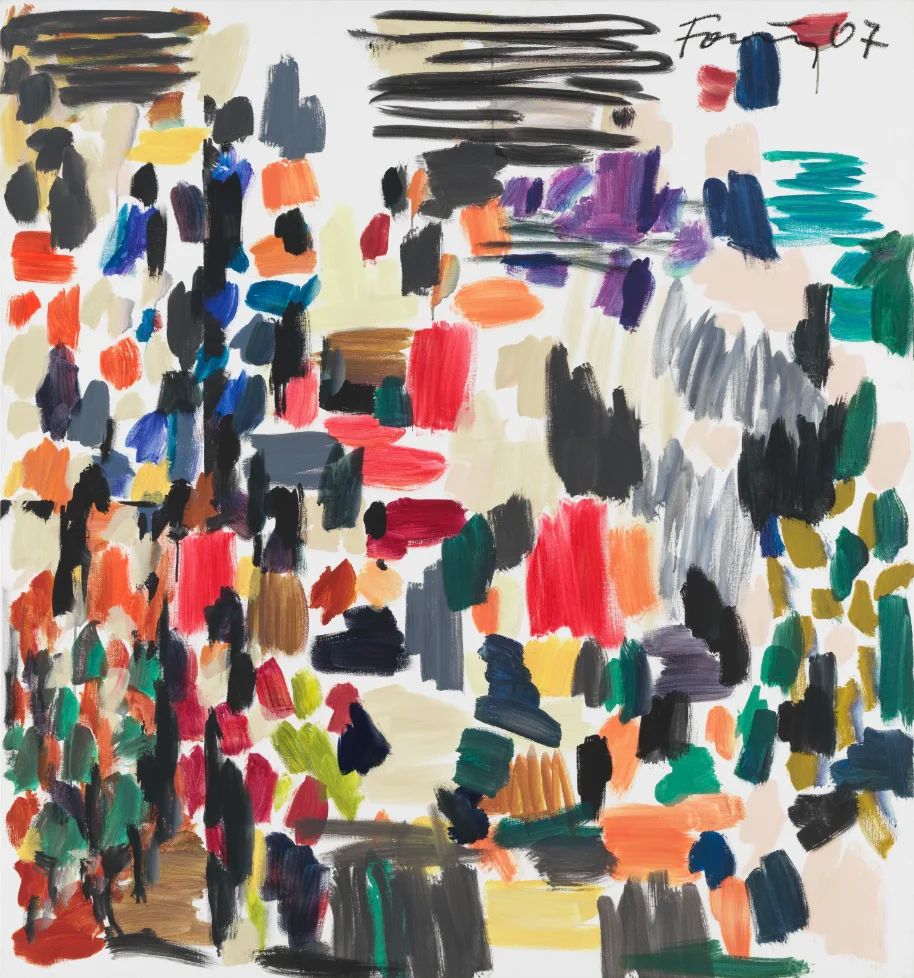
A piece from the Tupfenbilder series
Courtesy: Hauser & Wirth - During his college days, Förg had many influences, but the ones that impacted him the most were Gerhard Richter and Georg Baselitz.
- Förg’s interaction with architecture is very political. For example, in his series where he photographs the Bauhaus structures in Tel Aviv and Jerusalem or his series where he photographs Fascist structures in Italy — the frame of the image is often distorted and grainy. He takes these pictures from unusual, sharp-angled perspectives, which renders these buildings with a much darker connotation visually.
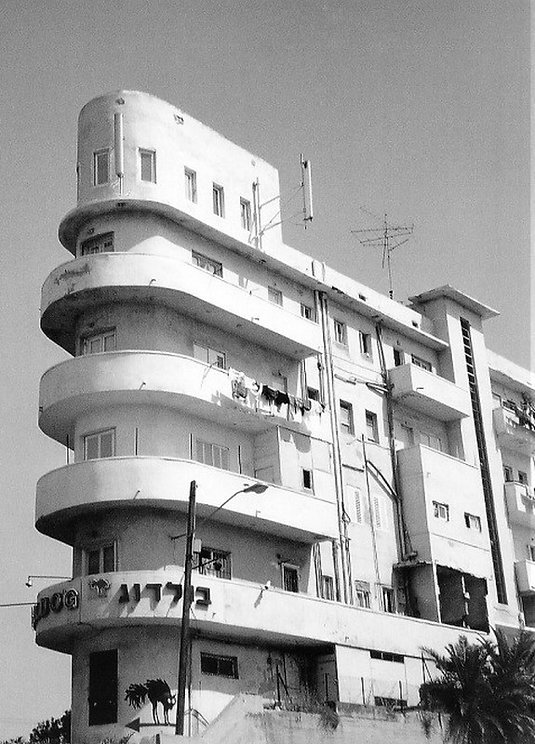
A building in Tel Aviv, photographed by Förg
Courtesy: Hatje Cantz - Förg studied under the mentorship of the influential Art Informel artist Karl Fred Dahmen.
- One of Förg’s most recognizable photograph depicts a young woman climbing the staircase of the modernist structure Villa Malaparte, on the island of Capri. This photograph was used as a setting for Jean-Luc Godard’s film Contempt.
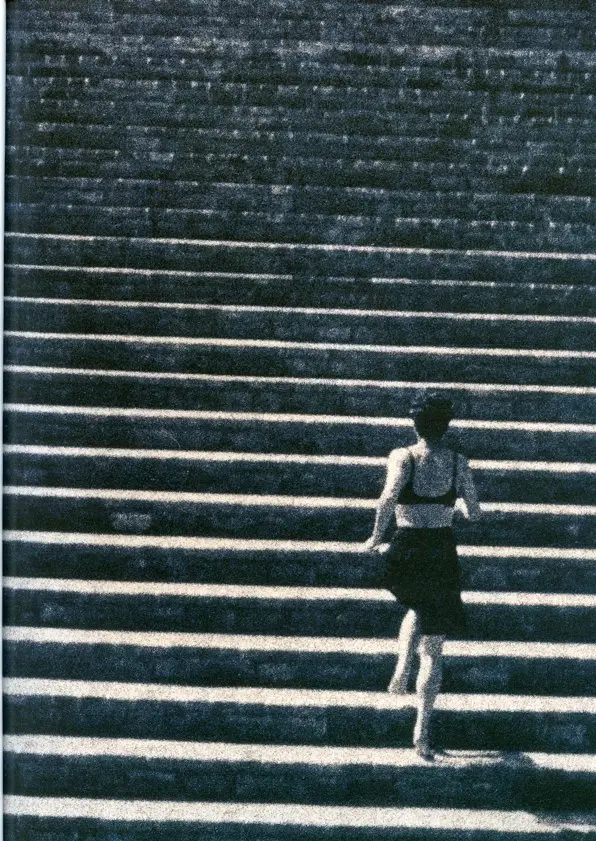
A detail from Förg’s photograph Treppe Villa Malaparte (1981)
Courtesy: Greene Naftali Gallery - His wife Ika Huber is also an established painter. The couple got married in 1993.
- The world record auction price for the artist at Christie’s is £1,331,250, for the artist’s group installation consisting of a set of 22 lead paintings.

Group installation by Günther Förg that sold for £1,331,250
Courtesy: Christie’s - Förg taught at the Karlsruhe University of Arts and Design and the Academy of Fine Arts in Munich.
- A key feature of Förg’s work is his interaction with the color grey. He viewed grey as a colour that resists the oppressive political monotony of 1970s Germany. This colour has followed the artist’s works through the decades. According to him, “Grey is nothing. ‘Not white, not black. Something in between. Not concerned with the figure. Something free.”
 Untitled (1996) by Günther Förg, Gouache on paper
Untitled (1996) by Günther Förg, Gouache on paper
Courtesy: Christie’s
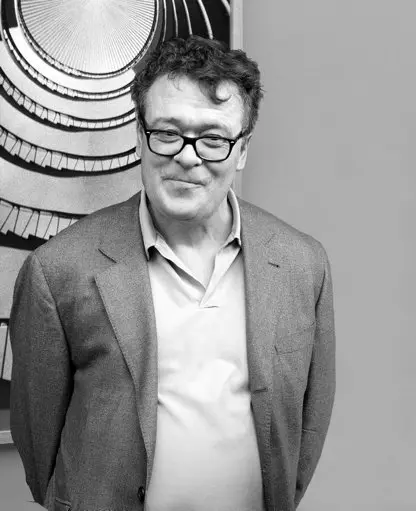
Courtesy: NY Times

